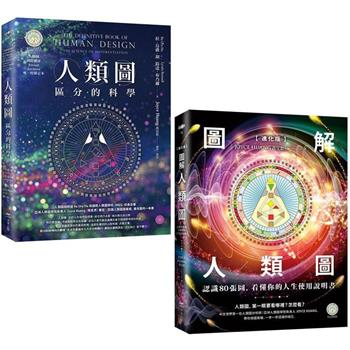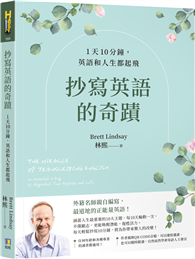"An especially worthwhile contribution to western cultural history. . . . The best introduction available to the early years of the artistic-literary colonies in Santa Fe and Taos." Pacific Historian During the first half of this century, Santa Fe and Taos became havens for artistic émigrés fleeing America’s machine-age culture. The elements of the Southwest scorned by an urban-industrial nation-awesome vistas, intense light, and isolation-drew such notables as D. H. Lawrence and Georgia O’Keefe. These aesthetes succeeded where speculators had failed-they made the Southwest attractive to the outside world. Their lives and works contradicted the conventional image of the Southwest as a cultural desert. They became citizens of their communities and precipitated a renaissance in Indian and Hispanic art. When federal policy forbade indigenous lifestyles, religion, and art in an attempt to Anglicize the Indians, the artists and writers of northern New Mexico not only challenged these policies but began to incorporate "primitive" elements into their own works and to encourage Indian artists. This is the story of the golden age of Santa Fe and Taos, from 1900 to 1942-the Age of the Muses. It is the story of Mary Austin, known as "God’s mother-in-law," and of Mabel Dodge Luhan, Taos "salon-keeper" who helped shape the colonies. And it is the story of the many artists-painters, writers, sculptors, architects, and musicians-that helped create the artistic aura that exists in northern New Mexico today. Arrell M. Gibson was George Lynn Cross Research Professor of History in the University of Oklahoma. He was the author of many books on western history, including The Chickasaws, The Life and Death of Colonel Albert Jennings Fountain, and Oklahoma: A History of Five Centuries, all published by the University of Oklahoma Press.
| FindBook |
有 1 項符合
The Santa Fe and Taos Colonies: Age of the Muses, 1900-1942的圖書 |
 |
The Santa Fe and Taos Colonies: Age of the Muses, 1900-1942 作者:Gibson 出版社:University of Oklahoma Press 出版日期:1983-04-15 語言:英文 規格:平裝 / 320頁 / 22.86 x 15.24 x 1.83 cm / 普通級/ 初版 |
| 圖書館借閱 |
| 國家圖書館 | 全國圖書書目資訊網 | 國立公共資訊圖書館 | 電子書服務平台 | MetaCat 跨館整合查詢 |
| 臺北市立圖書館 | 新北市立圖書館 | 基隆市公共圖書館 | 桃園市立圖書館 | 新竹縣公共圖書館 |
| 苗栗縣立圖書館 | 臺中市立圖書館 | 彰化縣公共圖書館 | 南投縣文化局 | 雲林縣公共圖書館 |
| 嘉義縣圖書館 | 臺南市立圖書館 | 高雄市立圖書館 | 屏東縣公共圖書館 | 宜蘭縣公共圖書館 |
| 花蓮縣文化局 | 臺東縣文化處 |
|
|
圖書介紹 - 資料來源:博客來 評分:
圖書名稱:The Santa Fe and Taos Colonies: Age of the Muses, 1900-1942
|










